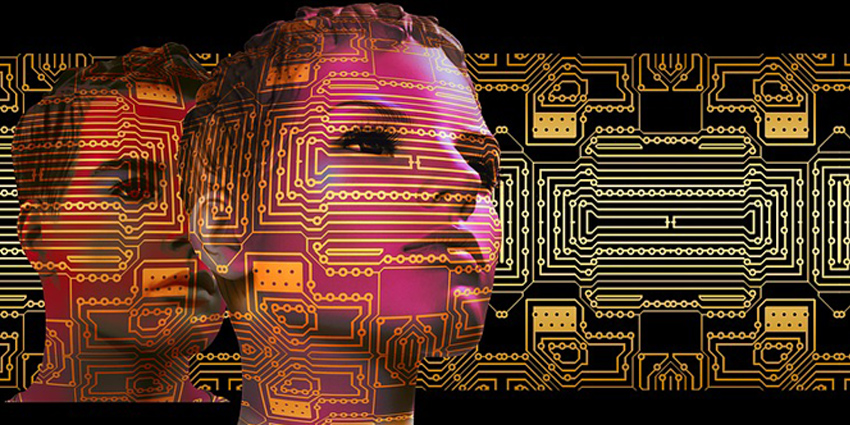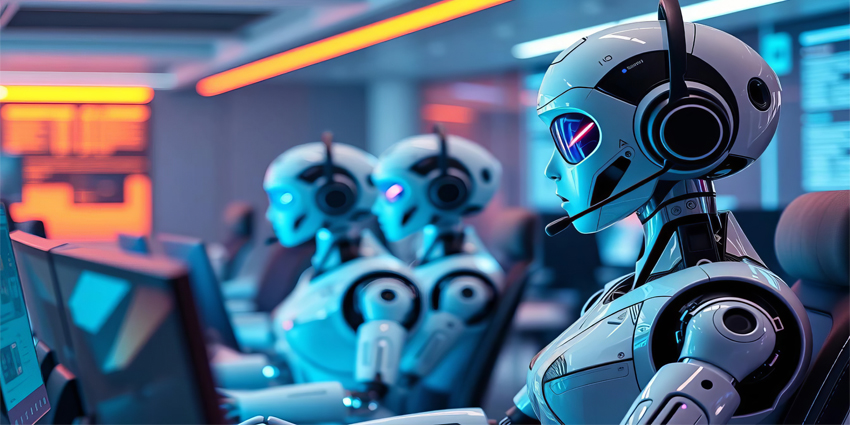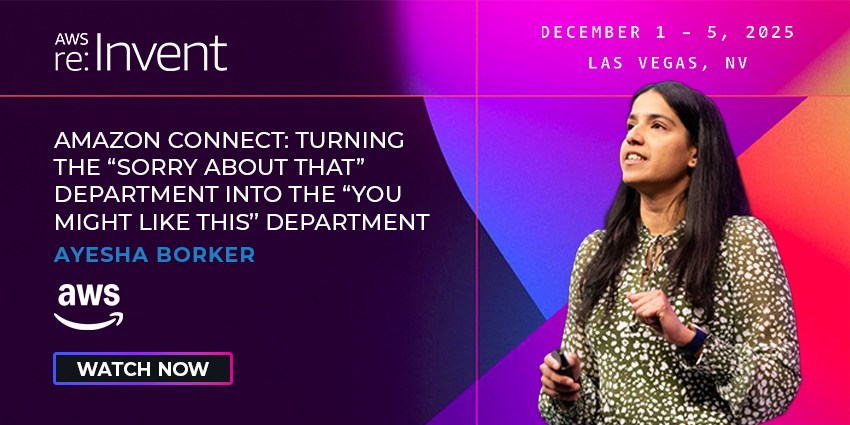Sci-Fi fans among you will now doubt be tuning in over the coming weeks to new Channel 4 drama Electric Dreams, a series of one-off stories based on the work of Philip K. Dick.
Writing from the 1950s to 1970s, Dick’s work has already been turned into numerous smash hit films such as Blade Runner, Total Recall and Minority Report.
And while the main thread of those tales focus on the dystopian possibilities of a technologically advanced future, he also had an eye for the ordinary, humdrum details of how tech might affect everyday life. Alongside rogue cyborgs and digital mind control, for example, he also explored such dilemmas as being locked out of your own apartment because you do not have enough credits to tip the talking doors.
Dick would have recognised from his own imagination many of the latest technologies now shaping daily life, the likes of Artificial Intelligence (AI), the Internet of Things (IoT), bots and robotics. He may even have been surprised by the accuracy of his own predictions – the way, for example, many service activities, once only possible through human-to-human communication, are now being automated thanks to the evolution of ‘smart’ systems which can analyse, predict and respond to human requests.
So customers having entire online conversations with automated chatbots, far from being a fiction drawn from a script of Electric Dreams, is now very much part of everyday reality. When you call up a business with a query, you may now have your call routed to a certain department or agent based on your past contact behaviours or spoken requests, rather than using a numbered keypad menu.
The question facing the contact centre industry is, how far will all of this go? Will human agents, like in one of Dick’s stories, one day be superfluous to service roles, as more efficient, cost-effective and perhaps trustworthy intelligent machines take over? And if that does become a reality, what will be the impact on a service-based economy like the UK’s, where 4 per cent of the workforce is employed in contact centres alone?
Technology in the Present
As things stand, contact centres maintain a careful balance between human and technological touch points. By and large, it is people who still do most of the hands on delivery when it comes to service. But over the past few years, technology has taken an increasingly prominent enabling role. And as systems and tools have become more and more sophisticated, the possibility that technology might become more important than people has raised its head.
At the heart of it all is the customer experience. If you want to improve response times in your contact centre, increase the number of first time resolutions and raise customer satisfaction rates, you have two choices. Either train every agent to such a level of expertise that they can deal with every type of query in exactly the right way every time. Or use technology to help.
We have seen the emergence of Big Data analytics in the contact centre. Used to monitor call handling efficiency to provide intelligence for staffing and organisation, the latest analytics platforms also log customer interactions, across multiple touch points if necessary, and also integrate with CRM data. The result is a form of predictive analytics which, based on sophisticated mapping of previous outcomes, can forecast what the customer wants at high speed, and help suggest or find the right solution with maximum efficiency.
The development of this kind of technology has led to two particular types of contact centre solution which are recognisable as AI – IVR and chatbots. Interactive Voice Response (IVR) picks up on cues from the caller’s voice (or text cues in a text message) and automatically routes the call through to the right department or best qualified agent.
Chatbots, on the other hand, are growing in popularity as customers opt for self-service over calling, emailing or IMing a business. While looking for an answer to their query on a business website, the chatbot can either ask to be of assistance, or pick up on cues from the pages they navigate to offer suggestions of where to find what they are looking for.
A Robot Future?
While clearly IVR is an enabling technology intended to speed up response times from human agents, chatbots do not require participation from a real person at all. And although to date they are only really suitable for handling very routine, predictable queries, they raise the question – one day, could all customer service be carried out this way?
The potential for this to become a viable reality becomes stronger when you consider the implications of marrying AI with another significant emerging technology, the Internet of Things (IoT). So-called ‘smart’ devices do two things which could radically alter the service landscape – they are able to self-diagnose using sensor technology, and they are able to communicate that diagnosis elsewhere using an internet connection.
So imagine a device in your home – your TV, your fridge, your heating system – starts to develop a fault. A networked smart device could communicate that information directly to a contact centre, where an AI hub could process it and generate the most appropriate response. Perhaps booking an engineer, or even instructing the device how to reset itself.
After service could take place without any human interaction whatsoever. But this has other implications, too. Imagine all of the data your service provider could be gathering about your device and its usage. With predictive analytics tools, it wouldn’t even need to wait until a fault developed, it could pick up on cues ahead of time and provide service proactively. And this would work in areas aside from maintenance and repairs, too. The data from your device would automate billing, service providers would be able to check your usage matched the tariff you were on, or monitor habits to suggest other services.
The Human Touch
All of the above outlines how AI, IoT, bots and so on may increasingly lead to the automation of routine service requirements, improving the customer experience through more efficient human-to-machine contact, or removing the need for contact at all through machine-to-machine communication.
But what it does not account for is another category of contact which is equally important to customers and businesses alike. Sometimes customers need to get in touch with a company with a query or a problem which is neither routine nor straightforward. People’s lives do not fit into the neat options of automated responses, and sometimes when they contact a company they are looking for empathy and understanding as much as an efficient resolution. People look for a personal service which treats their needs as unique.
That is why most observers believe that technology, rather than end the role of contact agent, will instead lead to it evolving. People will still play a significant role, maybe not in responding to repetitive routine queries, but in providing the specialist service required to deal with more complex issues.
Agents will become the experts which the machines refer queries to when they cannot be resolved by the pre-set menu of options. They will specialise in taking control of difficult situations, understanding customer anxieties in ways machines cannot and offering diplomatic, effective solutions. Overall, they will ensure that service remains personal, and that the brands they work for retain the warmth of the human touch.







